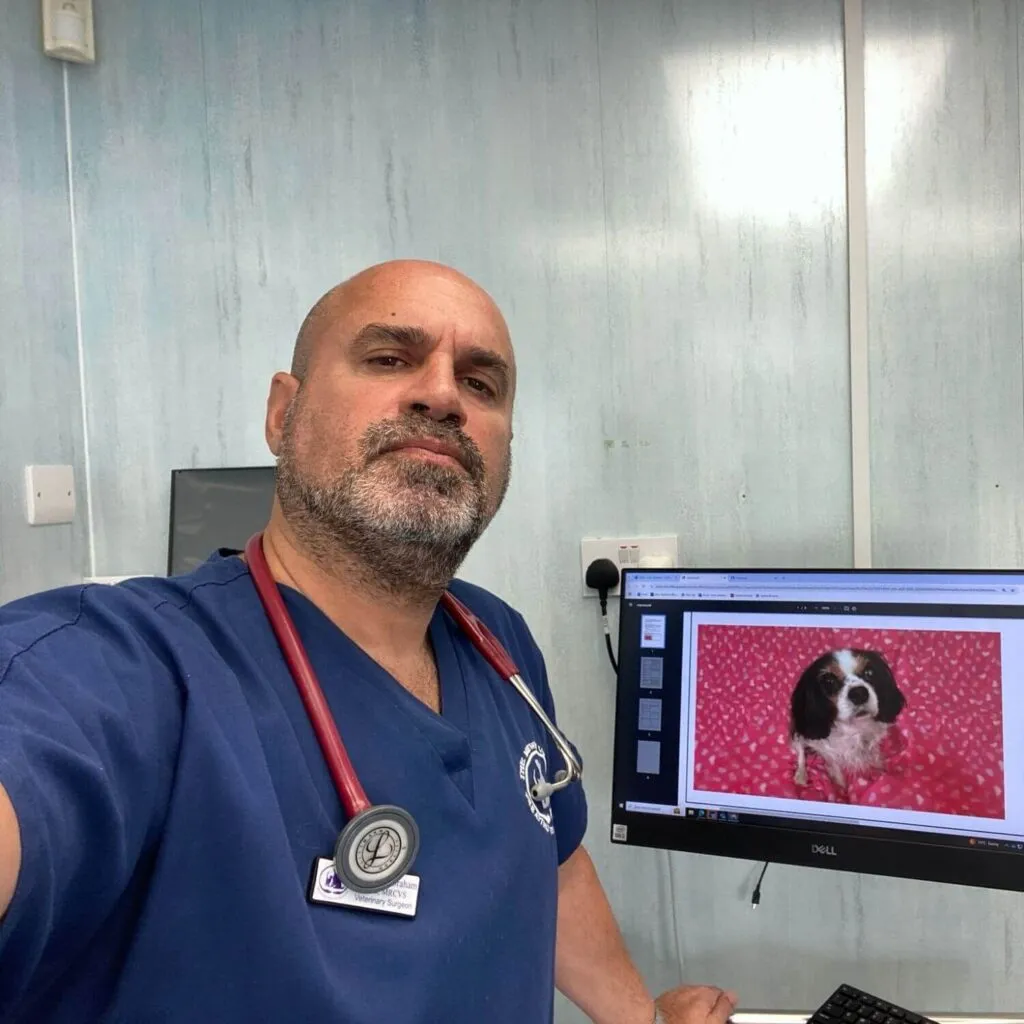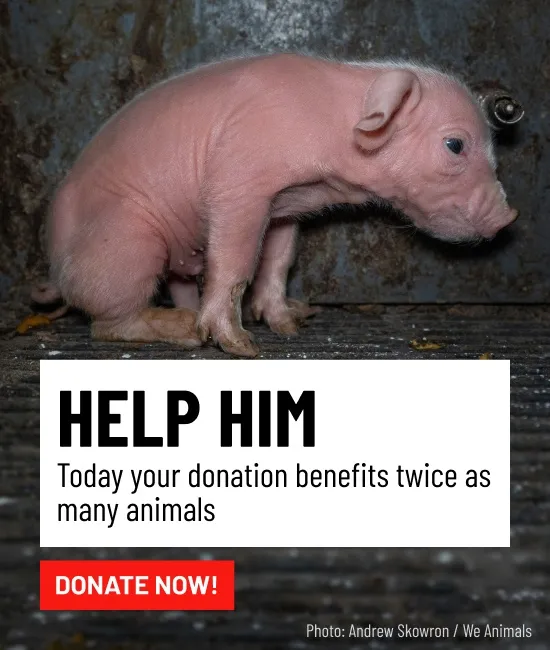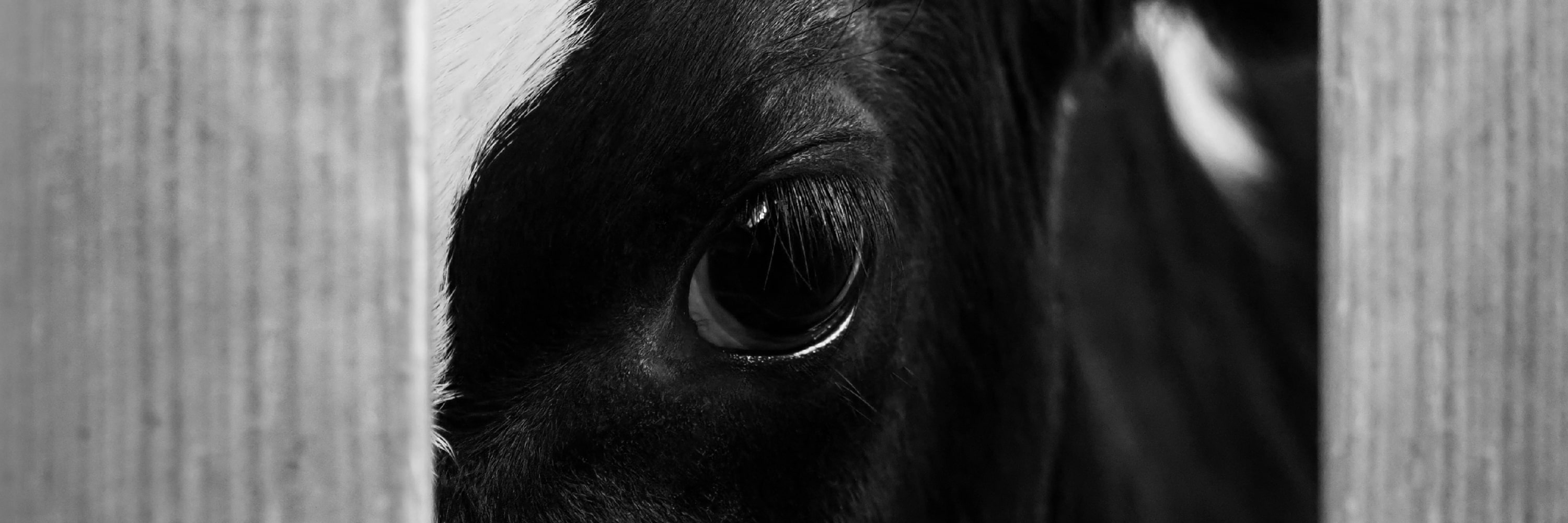
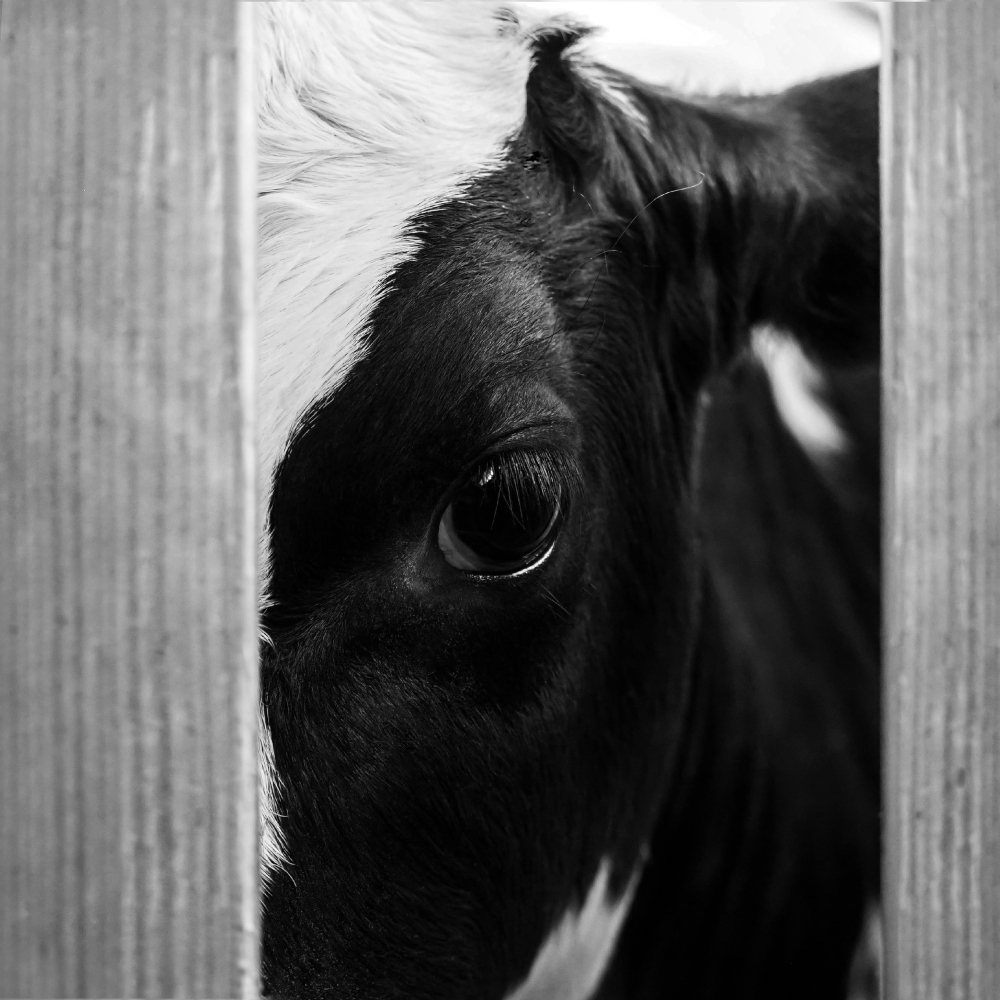
Truth or Tales? How the Animal Agriculture Industry Tricks Consumers Into Paying for Poor Practices

‘Animal agriculture’ refers to an industry that breeds animals only to kill them.
The UK claims to be a nation of animal lovers. And, although most people agree that animal cruelty is wrong, the intensification of farming animals has increased dramatically over the years, causing farms to become factories. Animals are confined in smaller spaces, forced into a life of misery.

So how is it possible that – despite all the information available today – an industry so cruel continues to grow and prosper?
Although there isn’t one single answer, language plays an important role in influencing the public perception of animal agriculture.
According to linguists, the animal agriculture industry uses words, adjectives and phrases that consistently deprive animals of their individuality and represent them as objects, machines, and resources. This deindividualisation creates an emotional gap in humans, allowing animals to be kept and treated in conditions most people would otherwise find completely unacceptable.
This strategy dates back several decades, when consumers began to question meat consumption for ethical reasons, and over time has been further refined and adapted to growing consumer concerns.
In a 1987 industry report, British Meat – a commission set up by the government to promote the sale of red meat, now part of the Agriculture and Horticulture Development Board – has been quoted saying:
[Animal agriculture] centres around offering the public bits of animals and often identifies meat with livestock. But modern consumers’ attitudes shy away from this link….There is an urgent need for a new retailer philosophy. We are no longer in the business of selling pieces of carcass meat. We must make our customers think forward of what they will eat rather than backwards to the animal in the field.
British Meat & Livestock Commission (1987)
Ecolinguistic, Professor Arran Stibbe, points out how the language used by the animal agriculture industry to communicate with the public is very different from the language used for internal communications. While publicly corporations suggest that animals are somehow farmed and killed with kindness, when talking to people within the industry they refer to animals as mere money-making machines, encouraging complete disregard for their pain and suffering.
And in fact, the industry not only has to influence consumers to buy their products, it also has to persuade the people it employs to see animals as worthless objects, so that inflicting pain and killing them becomes somehow acceptable. Farm and slaughterhouse workers are all too often also victims of this deceitful industry.
Below are three common techniques that the industry uses to persuade consumers and employees to create a gap between what they eat and the living being that meal once was.
1. Euphemisms
A euphemism is ‘a mild word or expression used in place of one that may be found offensive or suggest something unpleasant’.
For example, words like ‘crops’, ‘units’, ‘harvest’ and ‘process’ are used to evoke images of fruit and vegetables picking, rather than of killing animals for food.
By the same logic, calling a slaughterhouse a ‘meat plant’ or ‘meat factory’ focuses the attention on the end product – the meat – rather than on the killing and suffering that the word ‘slaughter’ implies.
These terms are broadly used in industry reports, websites and guidelines provided to employees and clients.
Euphemisms are also used to soften some of the cruelest practices.
Slicing off a chicken’s beak becomes ‘beak conditioning’ in an attempt to allude to some kind of spa treatment, rather than the cruel and painful practise that it actually is.
The worker responsible for slaughter is called a ‘knife operator’.
The legal killing of sick, small or injured piglets by slamming their heads against facility floors or walls is often referred to as ‘euthanasia’ (literally translated as ‘good death’). While the term ‘humane slaughter’ may be referring to pigs being gassed to death or chickens being electrocuted in water-baths… Doesn’t sound humane to us.
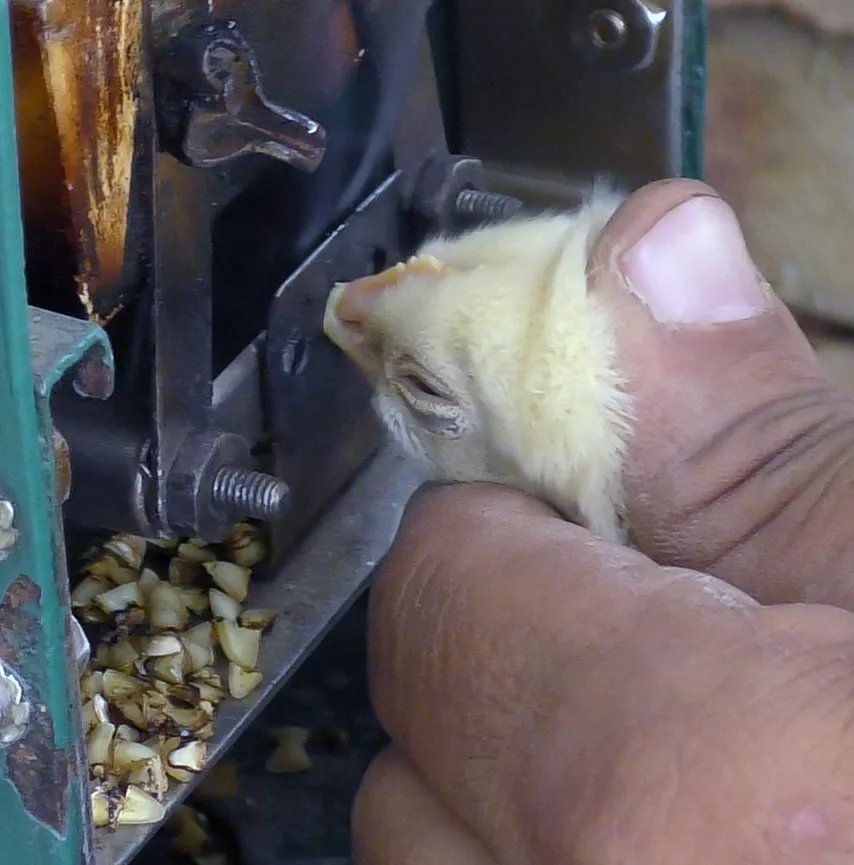
2. Deindividualisation and Objectification
Deindividualisation is the process of viewing individuals only in terms of their group identity, as though they hold the same characteristics as everyone else in the group. The larger the group, the more likely we are to view the whole over its individual parts.
In the case of farmed animals, this is achieved through the use of mass nouns like ‘cattle’ or ‘livestock’ or by referring to them as units.
Similarly, objectification is the process of viewing a living being as an inanimate object, a thing.
Animals are objectified in various ways – think ‘chicken wing’ or ‘chicken breast’ – and mainly through language.
In some cases, animals are named as mere cooking methods, like in the case of ‘broiler chickens’. Broiling, in fact, is a slightly different variant of grilling.
And perhaps the most blatant example of all is the fact that it has become normalised for the majority of people to refer to farmed animals as though they were born for that very purpose. We all too often call them ‘farm’ animals instead of farmed animals, ‘dairy cows’, ‘egg-laying hens’ and ‘veal calves’. Their lives mean so much more to them than solely laying eggs or producing milk.
These once wild animals have been domesticated and selectively bred over time, so these companies have more meat to sell and more money to make.
Chickens, for example, are the closest descendant of dinosaurs, meaning that they have been around far longer than we have. And yet, over time, humans have exploited these animals for our own desires.
In the wild, hens lay between 10 to 15 eggs per year. In factory farms, they are forced to lay about 300 eggs in a year, 30 times more than in nature! It zaps all of their energy, weakening their already fragile bones and bodies until they are then killed at just one and a half years of age.
Deindividualisation and objectification are extremely powerful distancing mechanisms that the industry leverages for its own financial gain. Both rely on the assumption that inanimate objects cannot feel pain and therefore it is acceptable to exploit and abuse them.
And just like that, animals become parts of a production line that the industry is constantly working to optimise.
With margins becoming ever-tighter, well-performing laying hens are absolutely essential to a profitable poultry business. Here, you will find our full archive of technical features and guidance that will help you achieve persistent, productive laying hen cycles.
Farmers Weekly website (Know how – Poultry section)
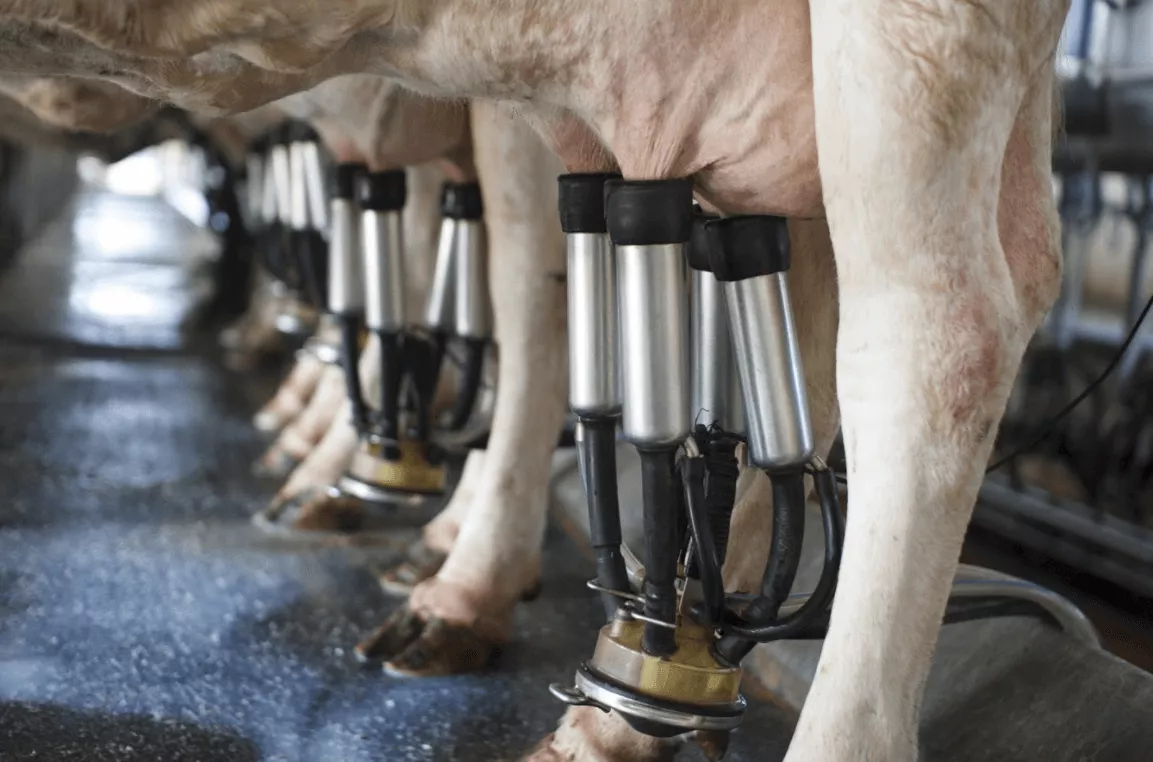
3. Misleading Advertisement
And finally, in an almost disorienting twist, all the above efforts to strip animals of their individuality and turn them into objects are contradicted when creating commercials, advertising and packaging.
Think about any food commercial or packaging on a supermarket’s shelves. There is no mention of violence or death or suffering. It is in fact a common advertising practice to picture a life without suffering, where animals roam happily on grass, in order to endorse and sell what would otherwise be considered unacceptable.
The use of language suddenly changes and adjectives like ‘happy’ and ‘free’ are used everywhere. The ‘Happy Cows’ advertisement is a classic example of this. McDonald’s used the same strategy when it called its famous children’s menu ‘Happy Meal’ in order to convince parents to buy their children a meal that comes from the most unspeakable suffering.
And finally, animals in commercials are often given names, the ultimate symbol of individuality. Horrifyingly, they use these animals to convince consumers that they want to die for us – that they are giving their consent to be eaten and abused.
The use of humour, combined with a complete misrepresentation of the conditions in which farmed animals are normally kept, makes the message even more effective as it reassures consumers of their choice. The result? Unsuspecting customers continue to give money to this deceptive industry, blissfully unaware of the lies they are buying into.
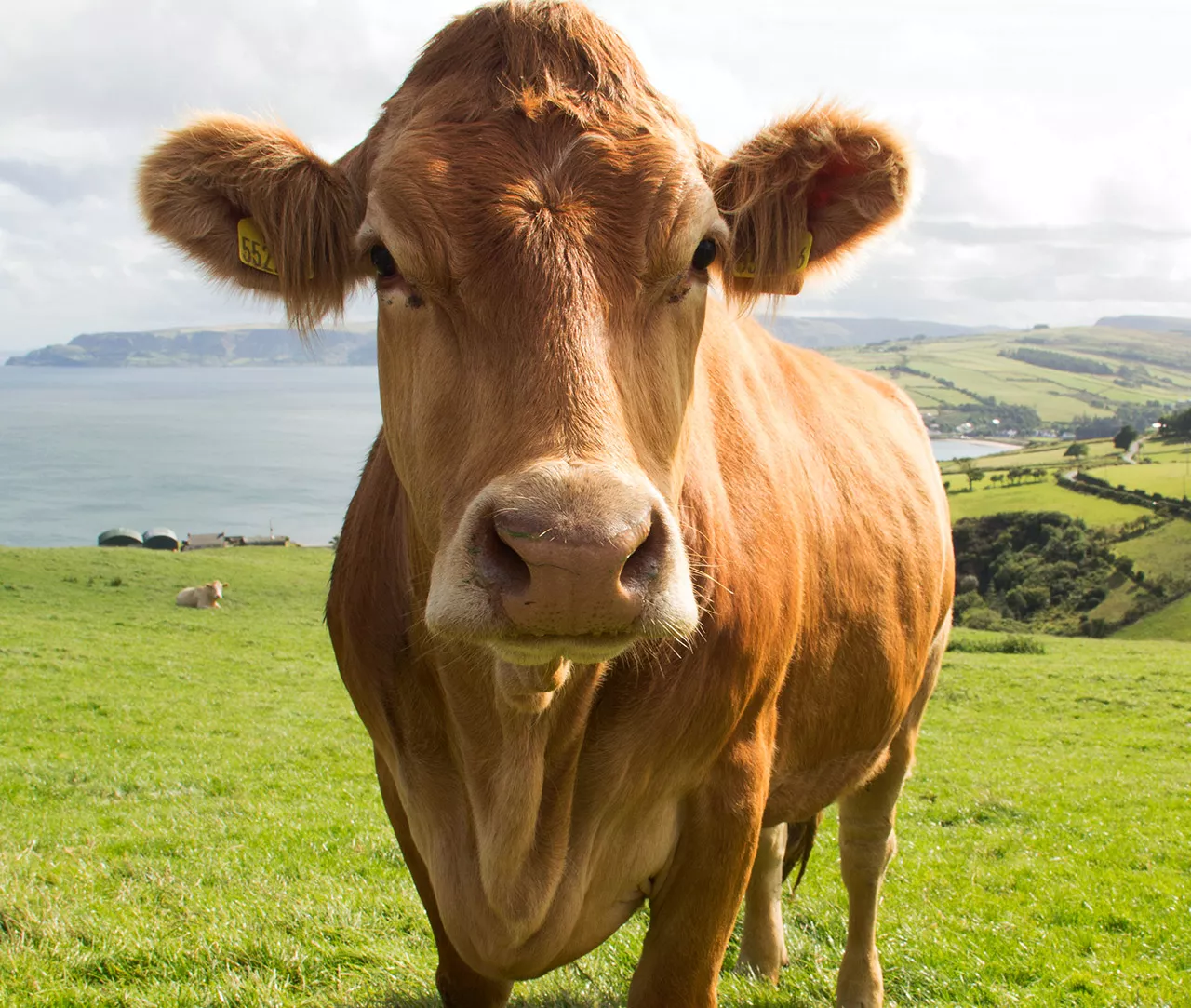
Animal Equality’s investigations are so important because they give animals back their individuality. By telling their stories, we show their pain and grief to millions of people who then begin to see them for what they really are: intelligent beings with feelings and unique personalities… victims of a system built on suffering.
What most people call a ‘dairy cow’, is in reality a mother who has had her baby taken away from her, simply so we could have her milk. And a ‘veal calf’ is a frightened baby confined alone in a cage, waiting to be killed.
The industry might have ingenious marketing and communication strategies, but we have the truth on our side. We will not stop fighting for animals until they all can live a life worth living – a life free from all harm.
Recommended
